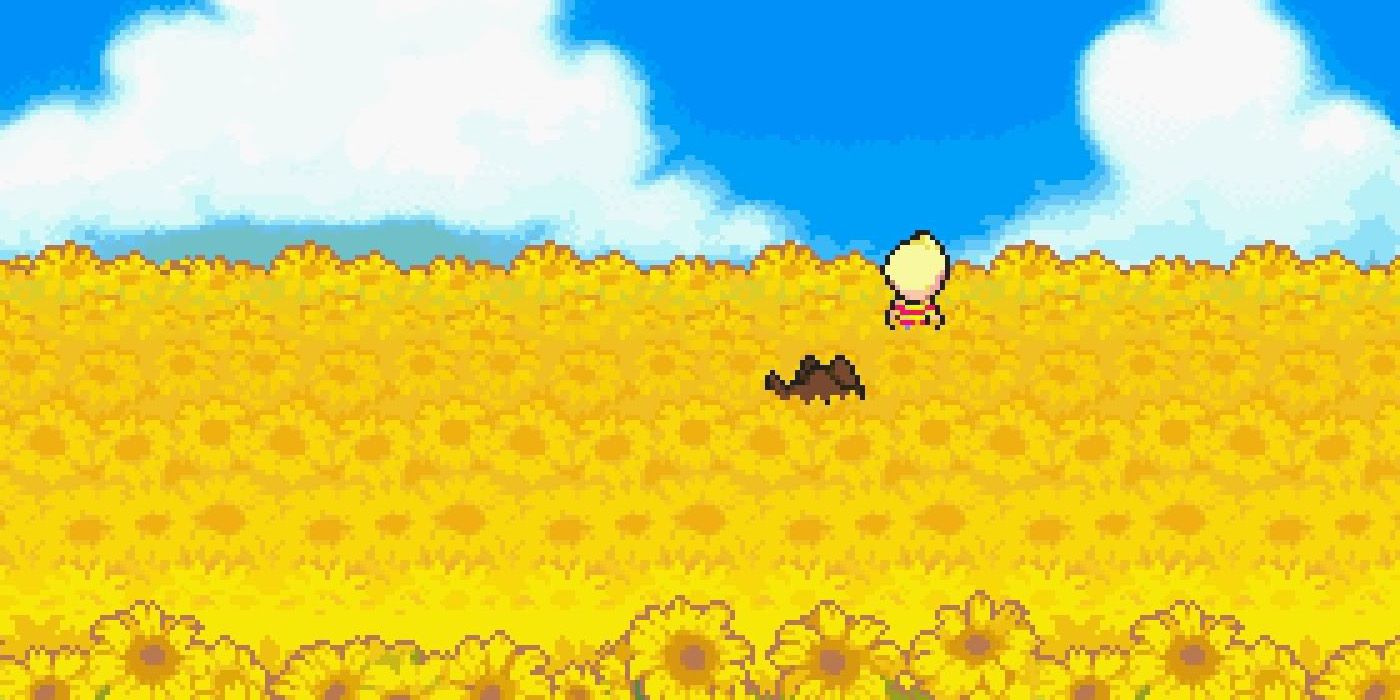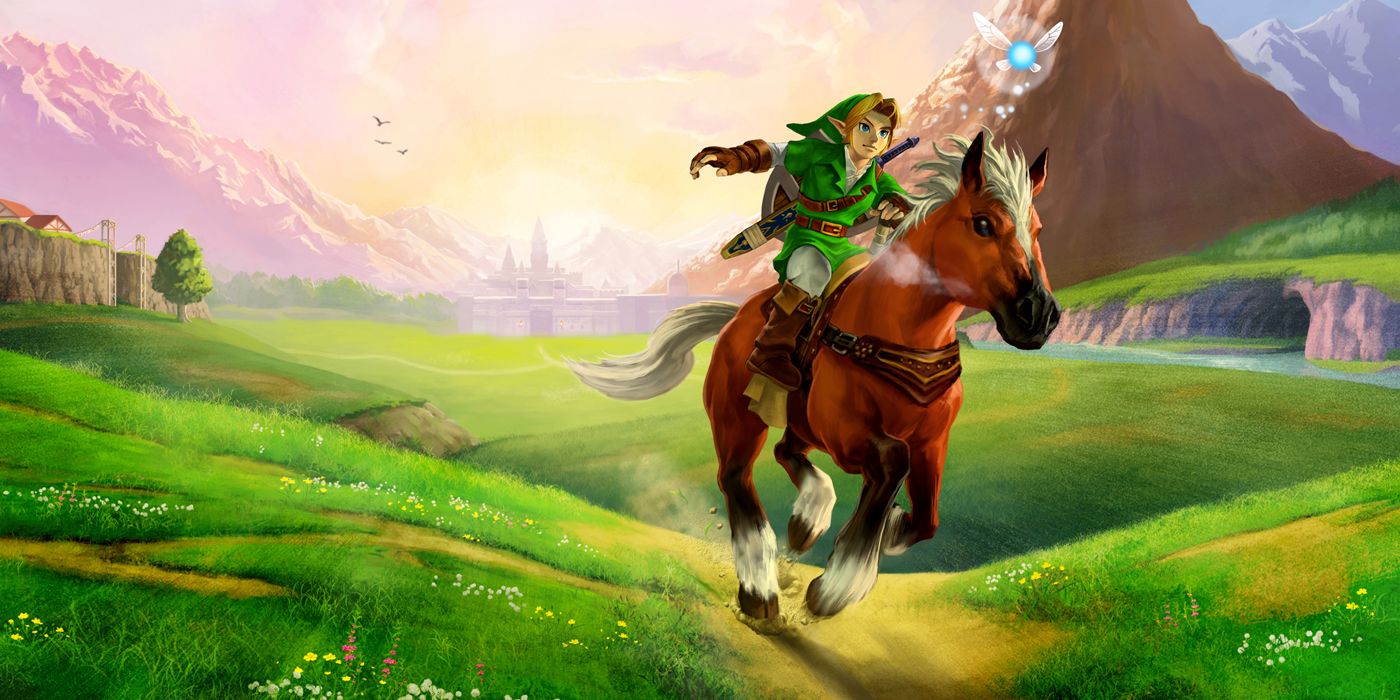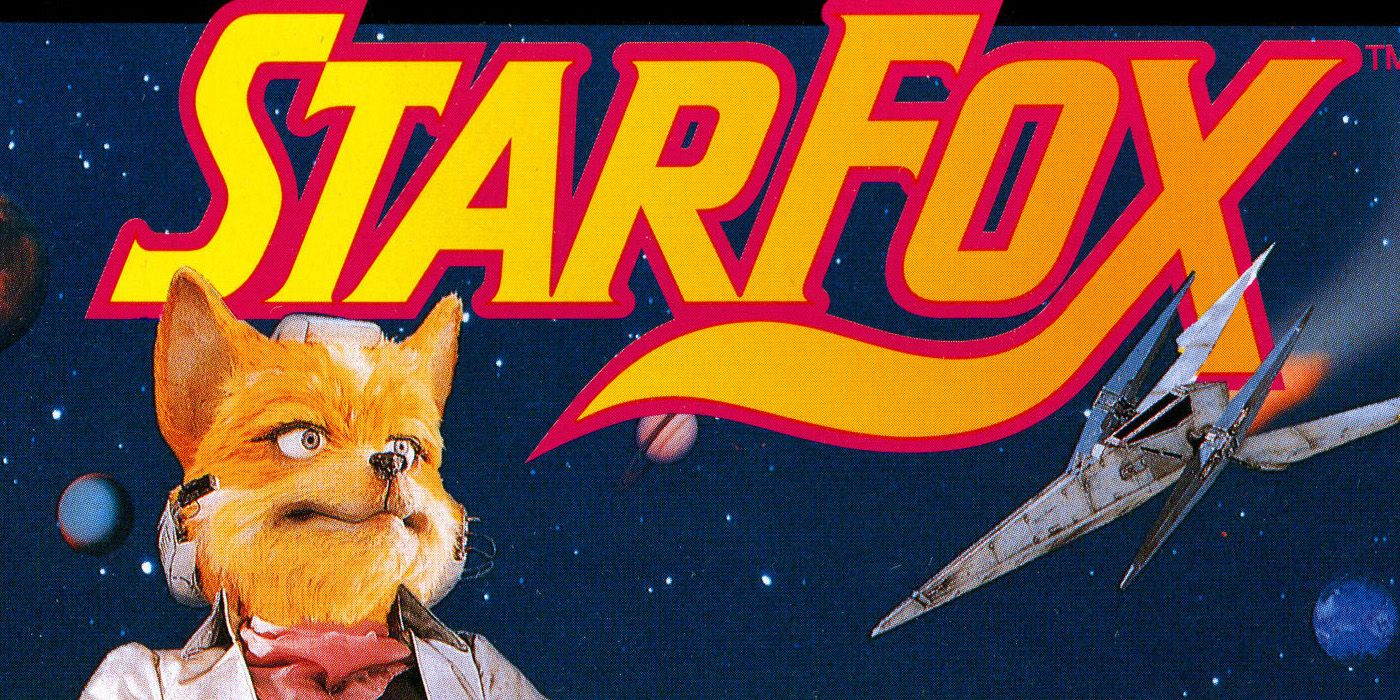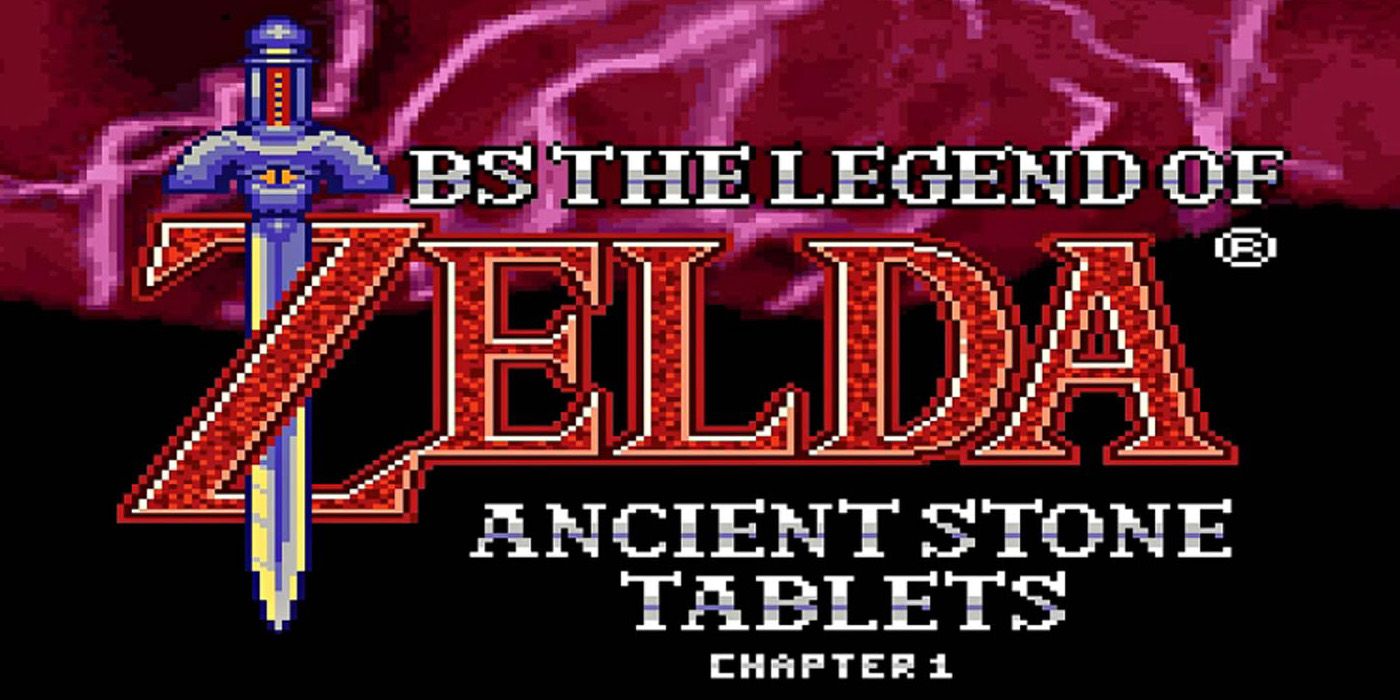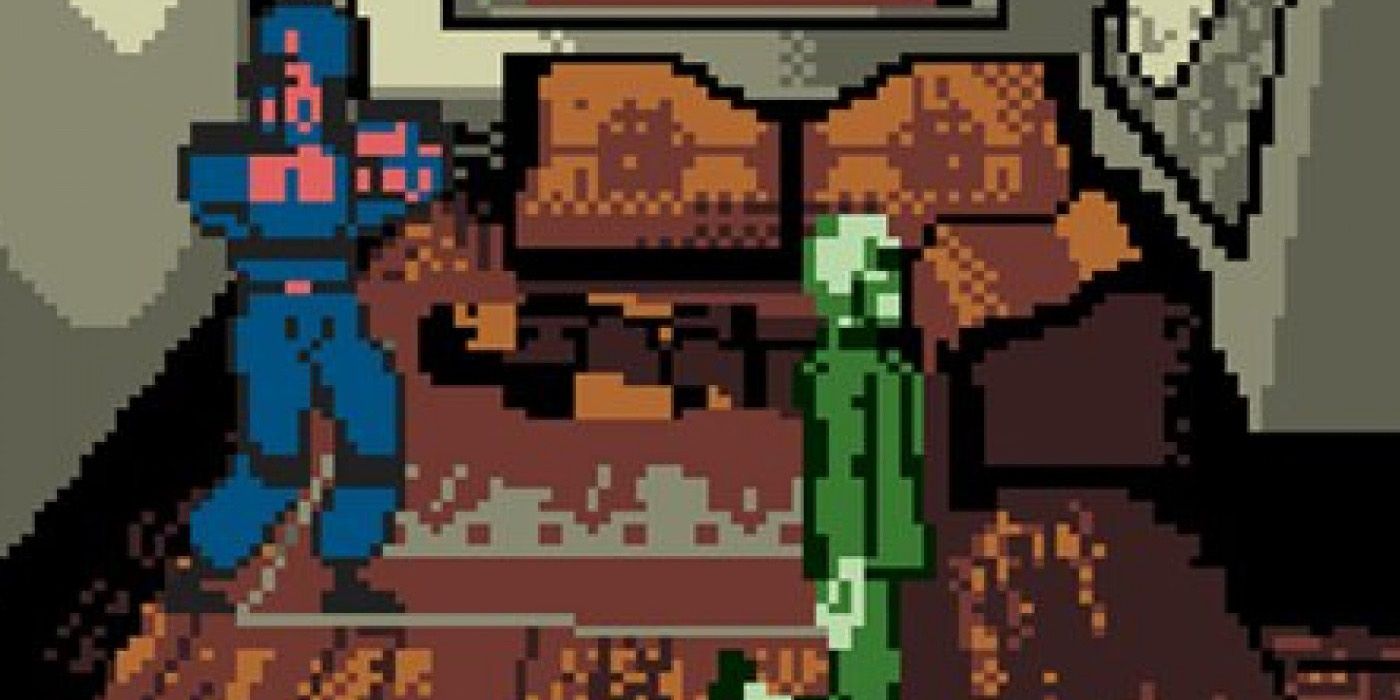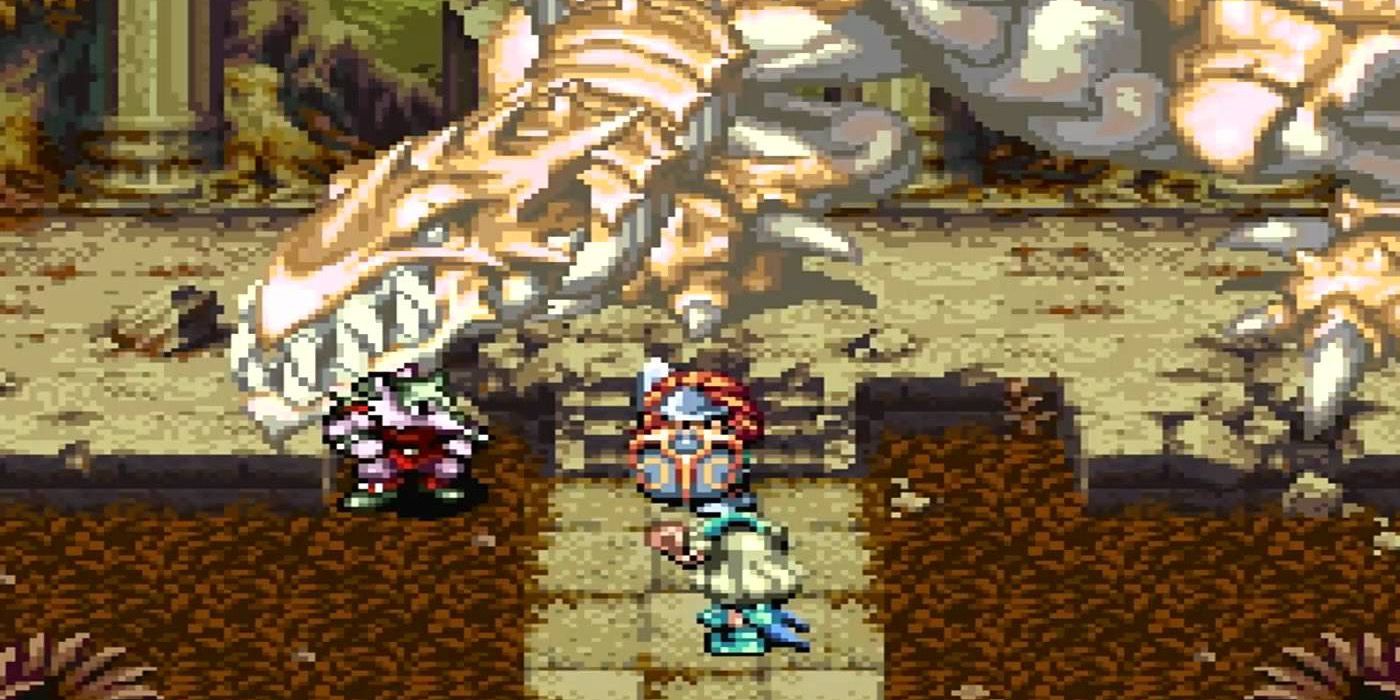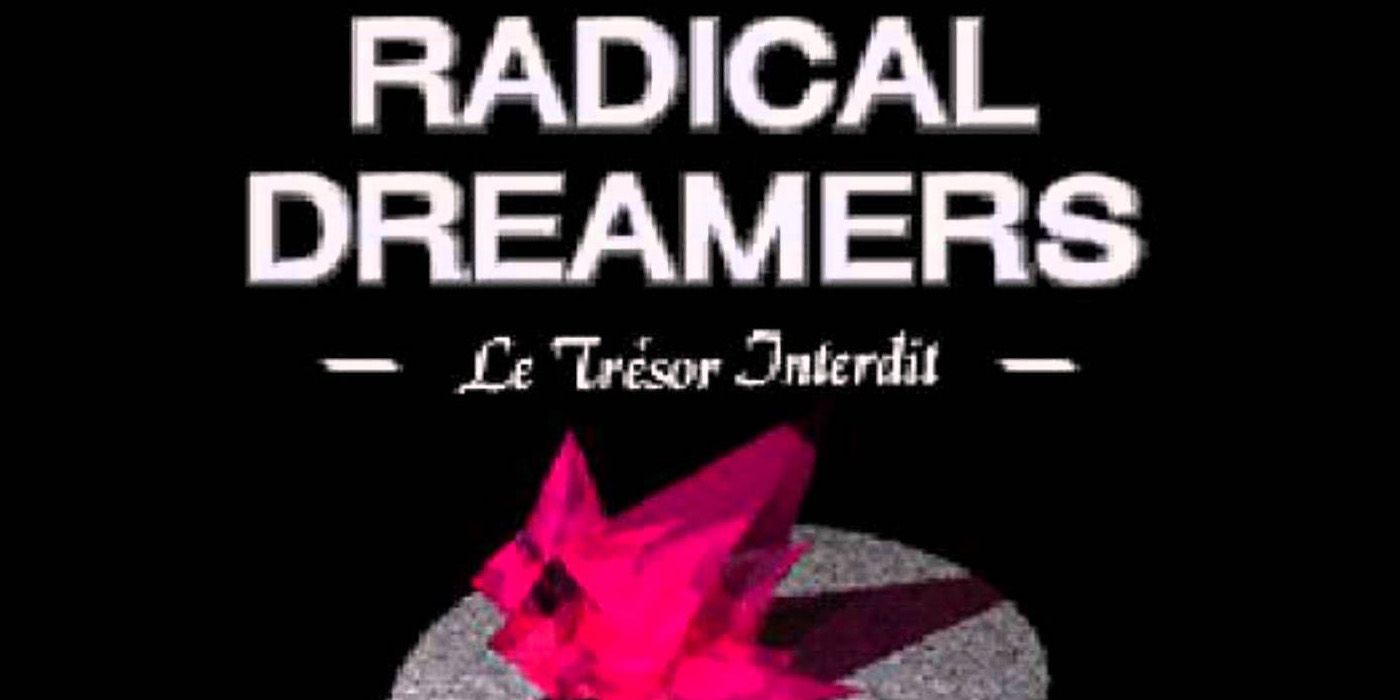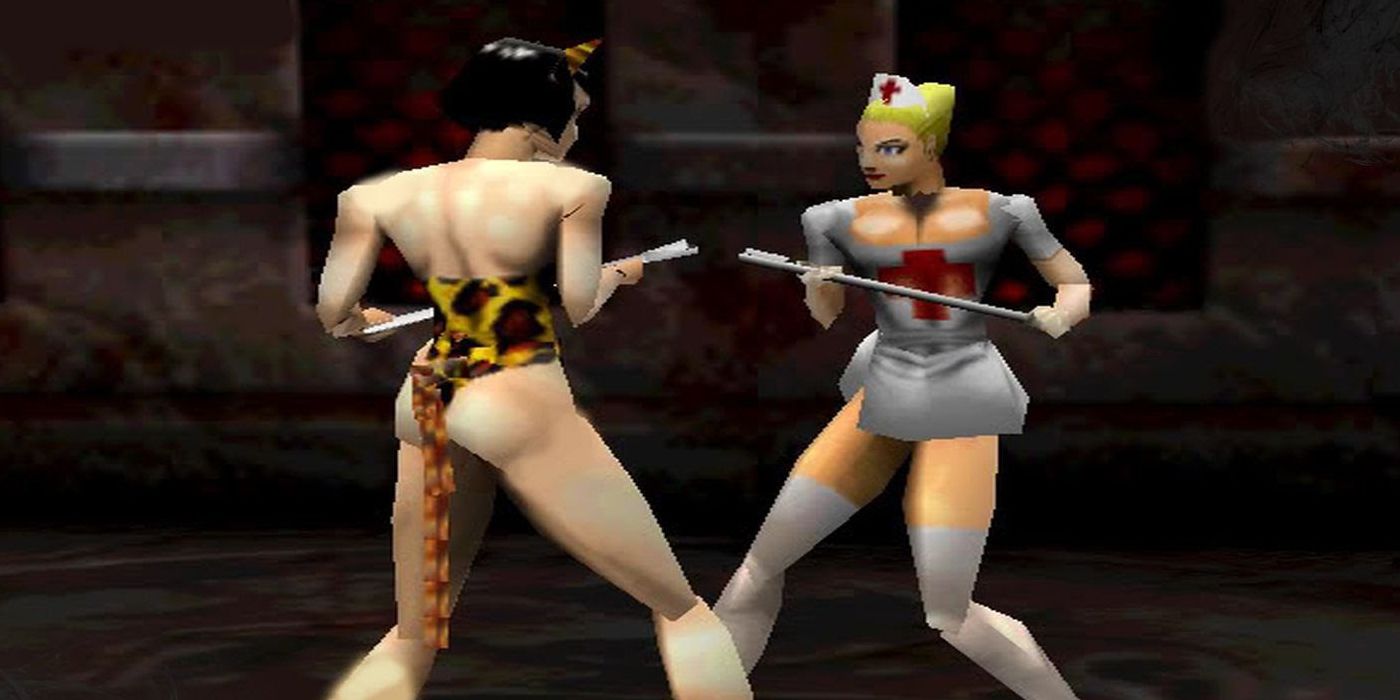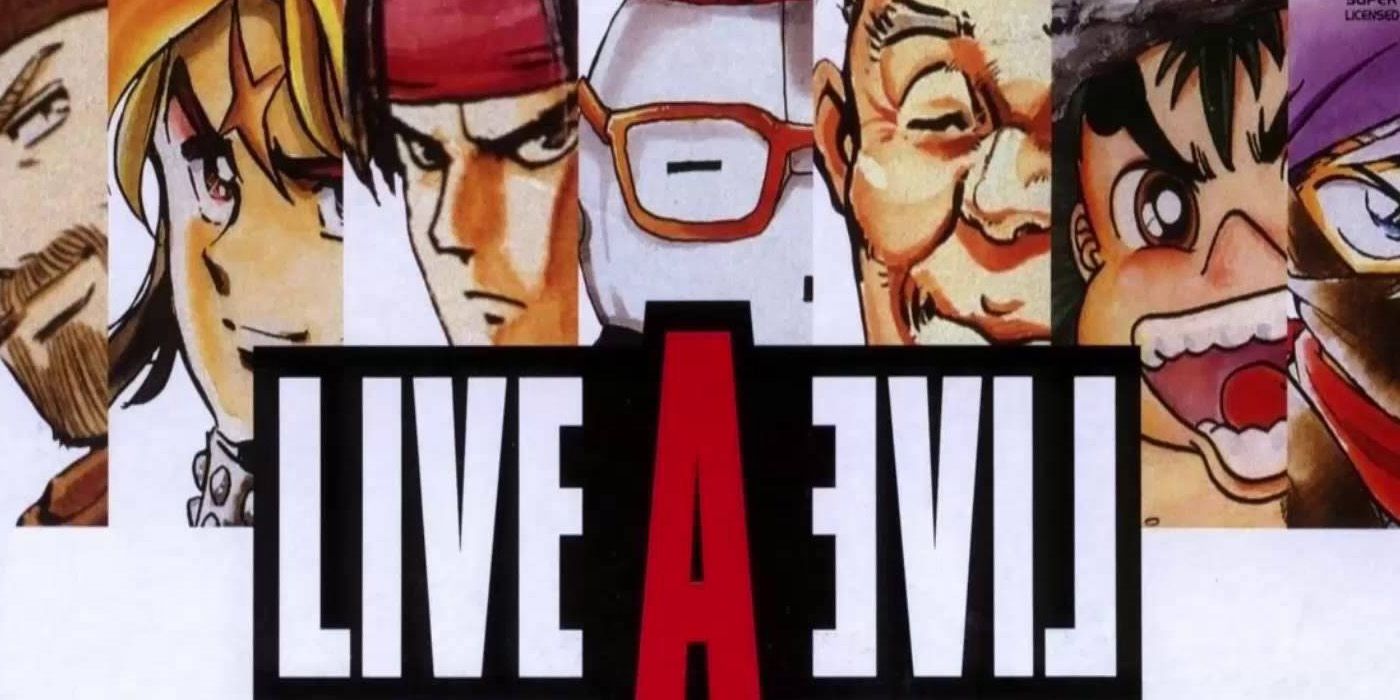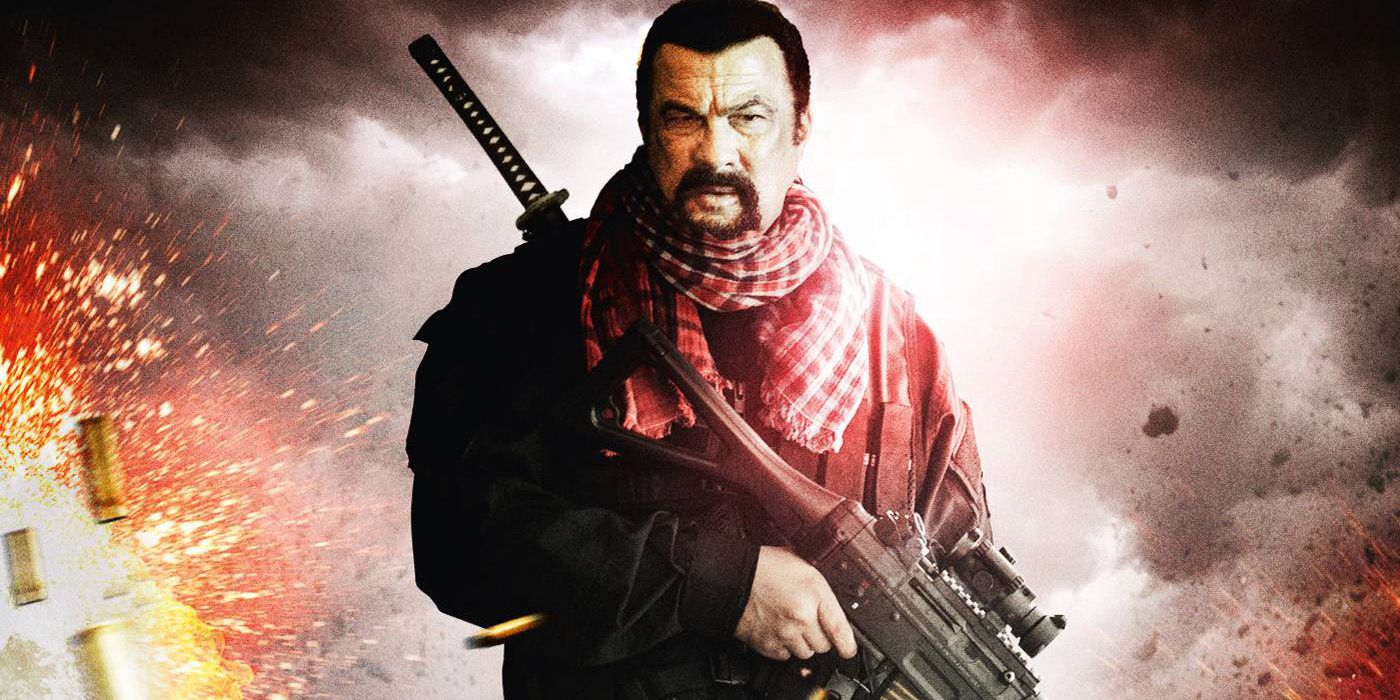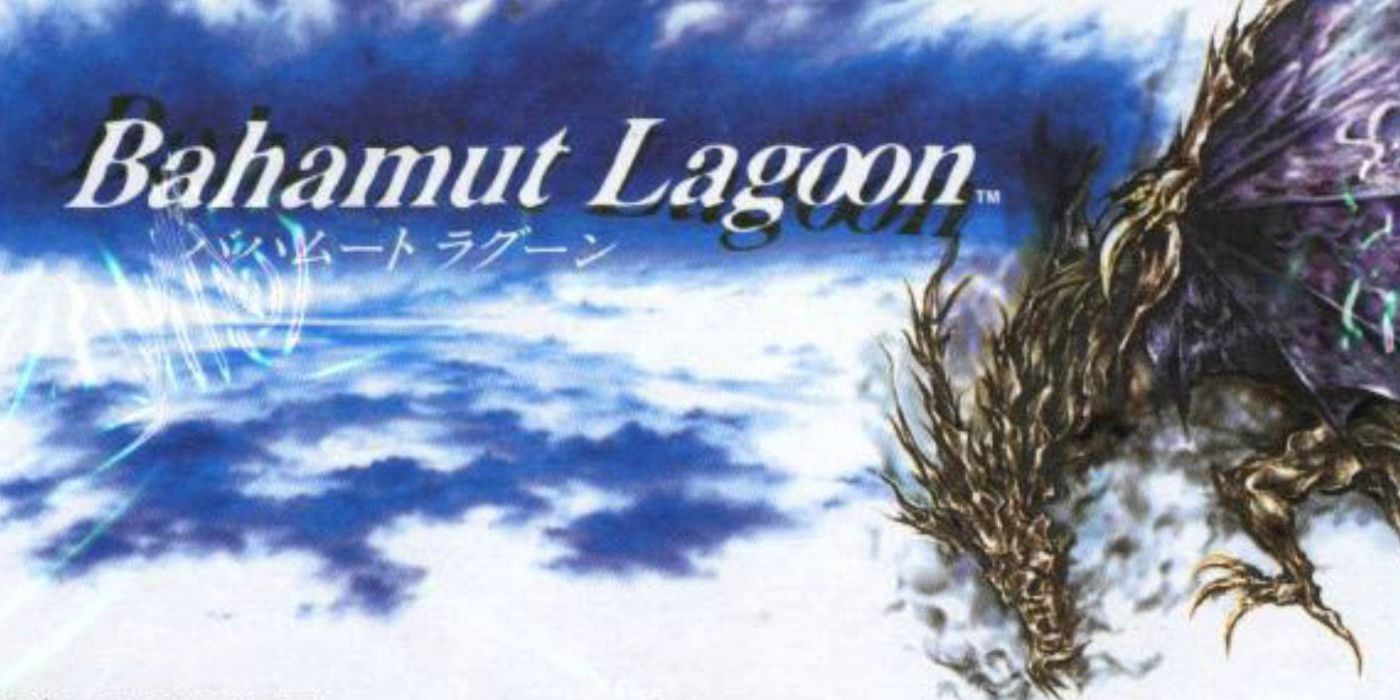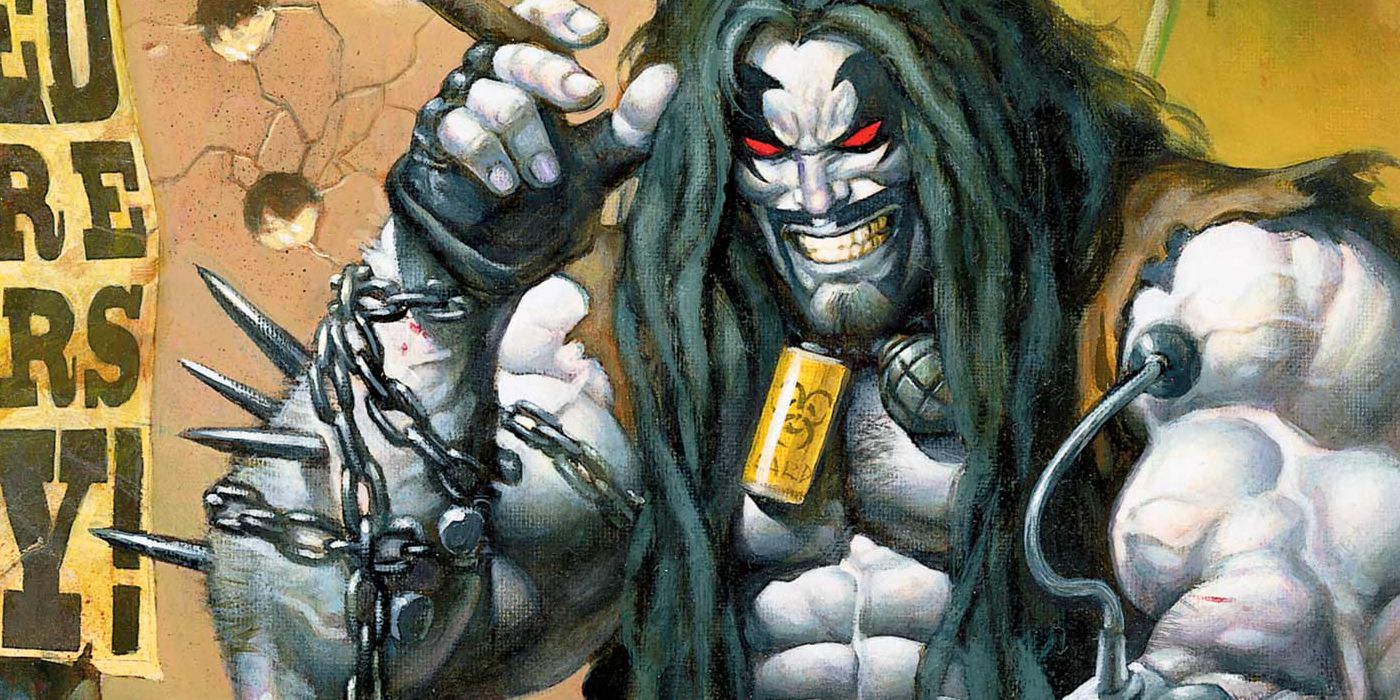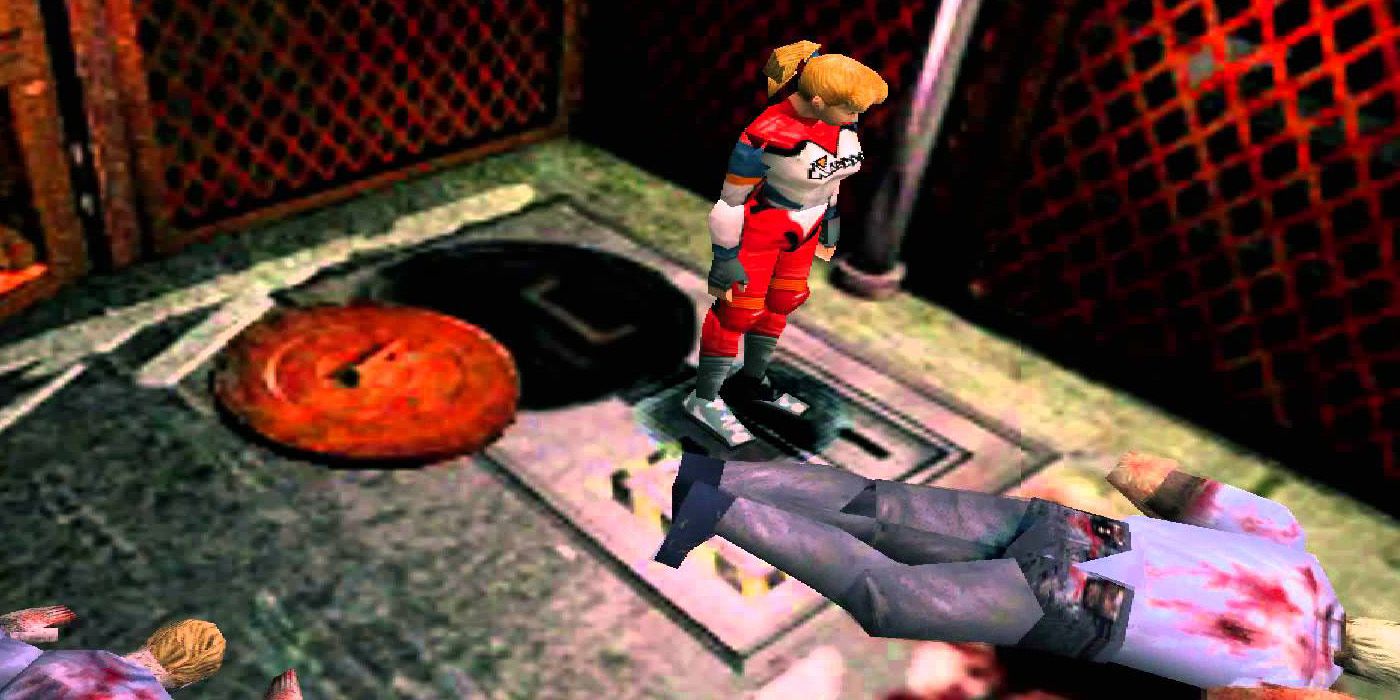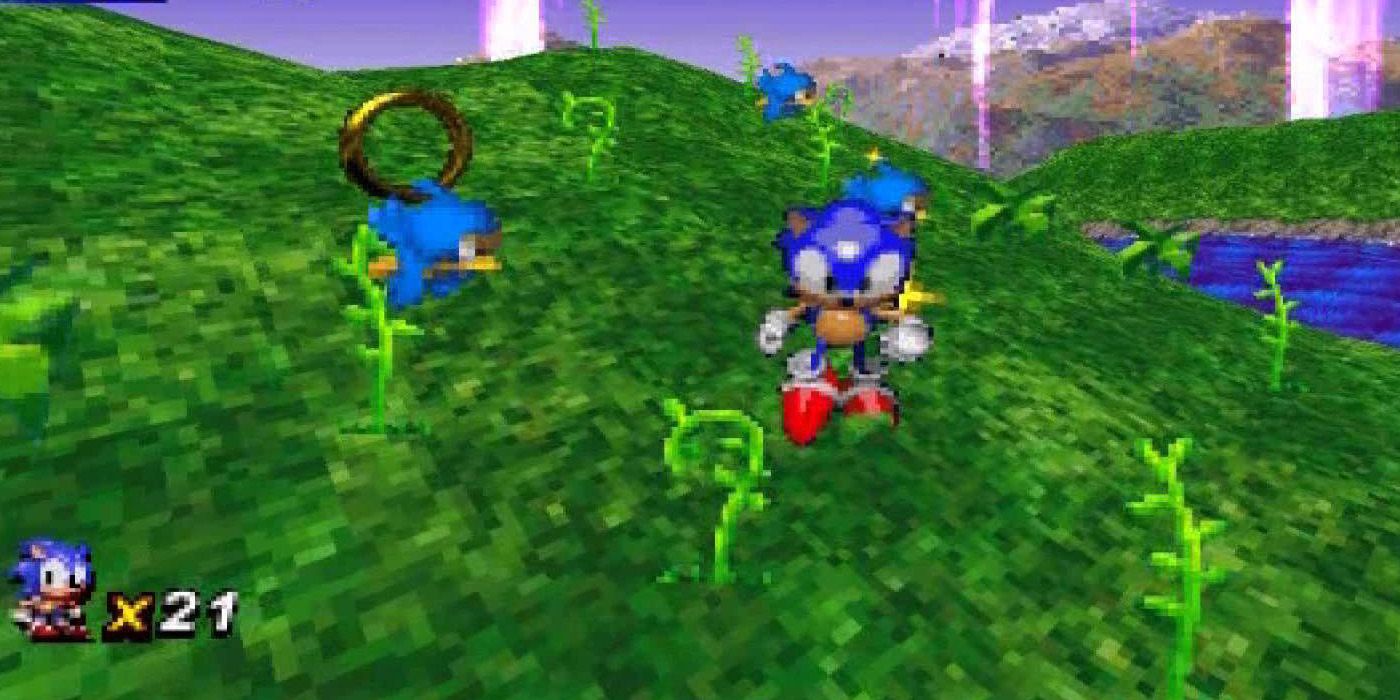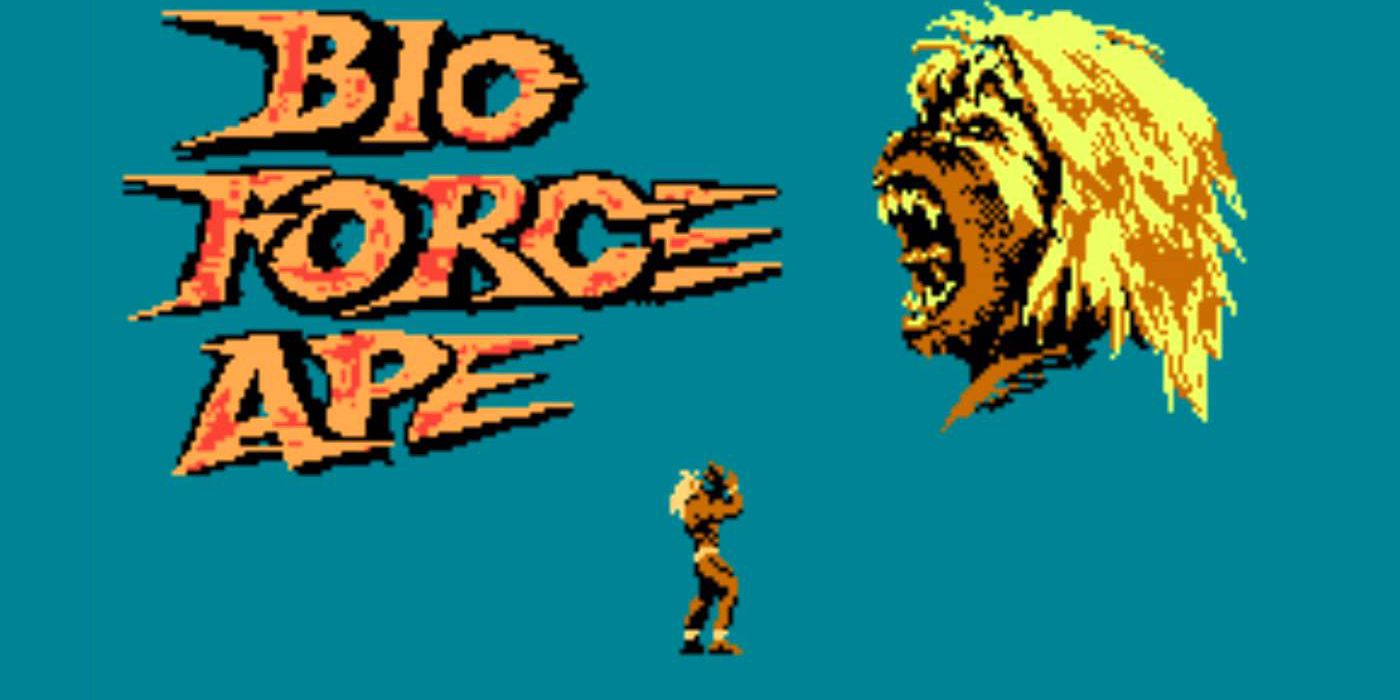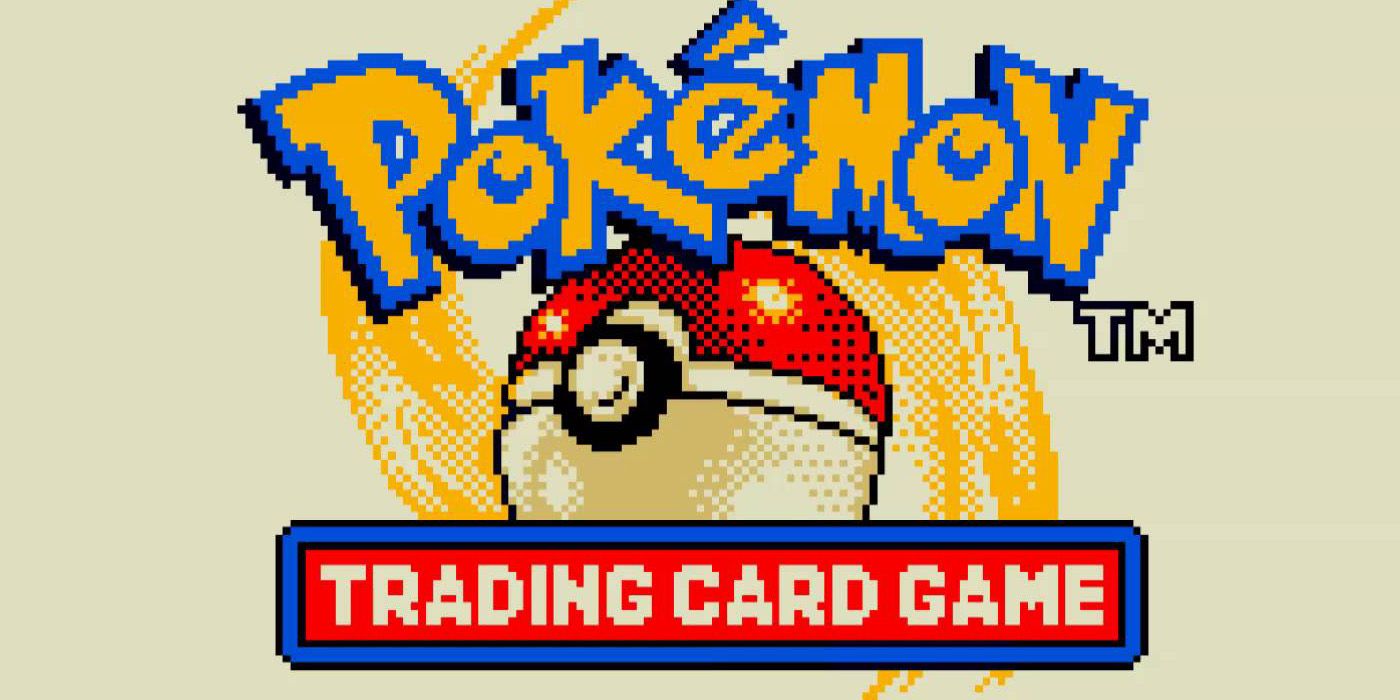Making a video game usually takes a lot of time and money. Sometimes, a developer may be lacking in one or both of those things, and a game is condemned to cancellation. This is not always the end, however, as some games can be rescued further down the road, such as with Bayonetta 2, which was cancelled until Nintendo offered to pay for the game to be made (in exchange for it becoming a Wii U exclusive). Such occurrences are rare, however.
In some cases, a game can be restored by fans getting hold of the code and making it possible for the world at large to play them. That is what we are here to talk about today. Some of the games on this list were almost lost forever, while others were simply games that never left Japan. One fact unites them all however - if not for the hard work and dedication of amazing fans, then we would never be able to enjoy these incredible games. From games cancelled for being too violent, to first-party Nintendo titles that almost never saw the light of day - here are 15 Lost Video Games That Were Rescued By Fans.
15. The Lost Star Fox Sequel
It may be difficult to believe that a critically acclaimed/best selling game like Star Fox would get its sequel cancelled only a scant few months away from completion, but that's what happened. It's a testament to the clout that Shigeru Miyamoto holds within Nintendo, as it happened on his orders.
Star Fox 2 for the Super Nintendo was practically finished when Shigeru Miyamoto ordered that it be shelved. His reason for this was due to the impending release of the Nintendo 64. Miyamoto wanted to change the public's perception of 3D gaming, and having a blocky looking space shooter on the SNES would impede that.
Since the game's cancellation, two versions have leaked online. The "alpha" version which mainly contained the multiplayer mode and the "beta" version which held the almost finished story mode. Fans got together and fixed the last few bugs and translated the text into English, allowing the game to be played as it was originally intended.
14. The Lost Zelda Sequels On Super Nintendo
Nintendo of Japan once released an add-on for the Super Nintendo called the Satellaview. This device allowed the Super Nintendo to connect to a satellite network that allowed broadcasts of games onto a blank cartridge. After the service shut down in 2000, it was assumed by many fans that these games were lost forever. As luck would have it, some Japanese fans still had the games saved onto the blank cartridges, which allowed for the files to be extracted and uploaded onto the Internet.
Of all the Satellaview games, the most desired were a series of Legend of Zelda games that were unique to the system. One of them was a Super Mario All-Stars style remake of the original Zelda game. What is perhaps most interesting is a series of games that were the intended sequel for Legend of Zelda: A Link To The Past.
These games (dubbed Legend of Zelda: The Ancient Stone Tablets by fans) starred a young boy from Earth who is teleported to Hyrule, and must save the kingdom in Link's absence. The game was distributed across several episodes, and it took fans a long time to patch the holes in the games code and allow it to be fully playable.
13. Resident Evil... On The Game Boy?
It might seem like a crazy idea now, but at one point a port of the PlayStation game Resident Evil was planned for the original Game Boy Color. While there was a game in the series on the Game Boy called Resident Evil Gaiden - it was a top-down shooter. The Resident Evil that was cancelled was intended to be as close to the original as possible... on the same system made for Tetris and Pokémon.
In 1999, a company named HotGen, that specialised in porting video games was tasked with cramming a CD based game onto a cartridge. They attempted to recreate every monster, puzzle and camera perspective from the original title. Despite being shown at numerous trade shows, Resident Evil was delayed many times before finally being cancelled in the year 2000.
Two prototypes of the game have leaked online in the years since Resident Evil's cancellation, with the second one being very close to completion. After a successful Kickstarter campaign, a 90% complete build of the game was released, allowing dedicated fans to iron out the remaining bugs and complete the game.
12. The Sequel to Secret of Mana
When Secret of Mana was released on the Super Nintendo in 1993, it was an immediate critical and commercial success. The game was an action RPG with huge scope and challenge. You travelled across a massive game world, slicing up enemies with your sword or destroying them with magic. Secret of Mana was one of the few SNES games to use a Multitap, and allow three players at once. It was even a rare example of a SNES RPG being released in Europe (as even huge games like Final Fantasy III/VI and Chrono Trigger were snubbed in the PAL region, and could only be played on import).
There is a certain tragedy to Secret of Mana's success, as it had a sequel in Japan that was even better! This game was called Seiken Densetsu 3, and it improved on pretty much everything that made Secret of Mana great. It had multiple characters with different classes they could transform into, and the events of the story would change depending on which three party members you chose. Sadly, this game was never released outside of Japan.
In 2000, a patch was released for Seiken Densetsu 3 that allowed English speaking audiences to enjoy it for the first time.
11. The Original Sequel to Chrono Trigger
Chrono Trigger for the Super Nintendo is widely considered to be the one of the greatest video games ever made. It was the brain child of some of the best minds in the Japanese gaming industry, who dubbed themselves the "Dream Team". This group consisted of Hironobu Sakaguchi & Nobou Uematsu (Final Fantasy), Akira Toriyama (Dragon Ball Z) and Yuji Horii (Dragon Quest). They came together just to create something special.
While Chrono Trigger would get a divisive sequel on the original PlayStation (called Chrono Cross), it actually had another sequel released only in Japan on the Satellaview add-on for the Super Nintendo. This game was called Radical Dreamers, it followed Magus from Chrono Trigger and Serge/Kid from Chrono Cross as they broke into a mansion to steal a magic item called the Frozen Flame. The game was a visual novel, similar to a Choose Your Own Adventure book.
It was translated into English by the fan community and released online in 2003.
10. Thrill Kill - The Most Violent Game Never To Be Released?
Once promised to be the most violent video game of all time, Thrill Kill was a four player fighting game for the PlayStation, where you play as a member of a group of condemned souls trapped in Hell. The cast includes characters like a redneck that fights with a severed leg, a dominatrix who wields an electric cattle prod, and a dwarf on a pair of sharpened stilts. Thrill Kill was actually a pioneer in its implementation of group fighting mechanics (especially as the original Super Smash Bros. was still a year away), and it took the Mortal Kombat fatality concept to extreme new levels of violence.
The game was near completion when EA decided to shelve it, even though it was only a few weeks before its release. The disgruntled developers managed to sneak incomplete copies of the game onto the early file sharing websites of the day, so it could be played on either a modded PlayStation or an emulator. The game needed fan made patches in order to be fully completed, in order to skip incomplete FMV videos intended for endings.
Thrill Kill's engine would later be re-purposed for the game Wu-Tang: Shaolin Style.
9. Live A Live - The Japanese SNES Classic
Square Enix released many games on the Super Nintendo that never made it outside of Japan. One of the best games that missed an official English release is Live A Live, a multi-setting RPG which offers one of the most diverse stories in the SNES library.
Live A Live had a unique concept for the time. You were given several unique character scenarios to choose from that were set at different points in history. These included things like a caveman fighting dinosaurs, a pro-wrestler trying to become the champion and a robot who is trying to keep the crew of a spaceship alive when a vicious alien killing machine is loose on board. Once these campaigns were completed, the characters would all be united and must band together to stop the Demon King Odio from wiping out humanity.
While never released outside of Japan, Live A Live was translated into English in 2001, although higher quality patches were released in 2008. In recent years, Live A Live has also become famous for another reason - a song on the game's soundtrack called "Megalomania" was the source of inspiration for the song "Megalovania" in the popular indie darling Undertale.
8. The Lost Steven Seagal Fighting Game
A game was once planned for the Sega Genesis & Super Nintendo that would star Steven Seagal as the lead. Steven Seagal is the Final Option was a Double Dragon style side-scroller, with all of the character models being digitised images (like in the original Mortal Kombat). Steven Seagal, however, did not provide his own character model - that job was given to the actor Greg Gorsholl.
The game was heavily advertised in the magazines of the day, but was constantly delayed. It was eventually pushed onto the PlayStation & Nintendo 64 under the name Deadly Honor, before finally being cancelled.
Steven Seagal is the Final Option wasn't based on any single movie he starred in, it was more of a love letter to Seagal as the ass kicker he is in real life. In 2008, a near-complete version of the game was released online by an unknown individual, after a prototype showed up at an auction. Now the fans can enjoy what we image is an average day in Steven Seagal's life - wandering around the sewers in a jeans & leather jacket combo, beating up thugs.
7. Bahamut Lagoon - The Game That Was Almost A Final Fantasy
Even though the Final Fantasy series consists of many mainstream and spin-off titles, there are some games which are considered "cousins" of the series. These are usually RPG's made by Final Fantasy developer Square Enix that share themes and even crossovers with the more popular franchise. Chrono Trigger, Vagrant Story and Secret of Mana are very close to the Final Fantasy series in many ways.
One game that never left Japan had almost became an official Final Fantasy game, but was changed during development. This game was Bahamut Lagoon, a tactical RPG that involves breeding dragons to wage war on a planet composed of many floating continents. When the game was first being made, it was called Final Fantasy Tactics, a name that would eventually go on to another incredible game on the PlayStation in the following year.
In the early 2000s, an English translation of Bahamut Lagoon was completed, and it has been available to fans ever since.
6. The Lost Lobo Fighting Game
Lobo is the poster child of the dark age of comic books that existed during the nineties. He is a badass biker who also happens to be a super powered alien bounty hunter, riding through space on his rocket powered motorcycle.
In 1996, Lobo was due to get his own fighting game on the Sega Genesis and Super Nintendo. The game used pre-rendered 3D graphics, similar to Donkey Kong Country. Despite being advertised in game magazines at the time, Lobo was cancelled near to its release date - so close in fact that production had already started on physical game cartridges. Speculation about the games cancellation points to some of its more graphic violent content. While games like Mortal Kombat also existed during this period, Lobo was a game licensed from a (then) popular DC comic book character. His presence within the game might have caused controversy.
In 2009, copies of the complete version of the game were discovered and uploaded online by fans. There even exist a few physical copies that you can purchase for outrageous prices on Ebay.
5. The Original Version of Resident Evil 2
The game we know as Resident Evil 2 is not the first game to be given that title. After the original Resident Evil became a success, development began on the sequel almost immediatly. The game was due to be released in 1997, but was scrapped close to release due to Capcom being dissatisfied with the product, and it was completely remade.
Videos of this original version were shown at events, leading to it becoming a highly desired item among the fanbase. A partially complete build of the game was leaked online, revealing the full truth of what has become known to the fans as Resident Evil 1.5.
While Leon Kennedy is still one of the main characters, the other lead is a new character named Eliza Walker. The character models and backgrounds are of a much lower quality than in Resident Evil 2 (which was a deliberate choice as it allowed more zombies to appear on-screen). It may have been this lower visual quality that led to the game's cancellation.
With a near-complete build and access to the debug menu, players can now see everything that this version of the game has to offer.
4. The Lost 3D Sonic Game
Sonic X-Treme was considered a lost treasure among Sega fans for many years. It was originally going to be the first truly 3D Sonic game, and would have included the ability to run on the walls and ceiling (an idea used in the recent Sonic Lost World).
The game went through one of the worst development periods of all time. After changing console three times (going from the Genesis, to the 32X, to the Sega Saturn), Sega of Japan still had issue with how the game was running on the available hardware, and took most of the staff of the project.
Sonic X-Treme's lead designer, Chris Senn, had been working 20 hour days on the game. He was in such poor health that doctors gave him six months to live, forcing him to leave the project (he did get better, thankfully, and still works in the industry today). With only two months left to finish the game, the decision was made to cancel Sonic X-Treme.
It took nearly twenty years of waiting, but in 2015, the game's source code leaked online. Intrepid fans managed to finish the work of the doomed development team, and made the game playable.
3. Bio-Force Ape - The Lost Classic
Bio-Force Ape was considered a lost treasure of Nintendo Entertainment System's library for a long time. Information about this title was so elusive, many people thought it was just an elaborate prank made up by the gaming magazines of the nineties.
The game first appeared in a feature article in Nintendo Power. The screenshots showed a game where gamers played as a pro-wrestling cyber ape that battled robots in a hi-tech setting. The few print adverts referred to it as one of the most technically impressive games in the NES library. Little was known of the game outside of a few tantalizing images, and the fact that it was officially cancelled in 1992 without explanation.
In 2010, reports of a finished version of the game on a cartridge started appearing online. It was then that the website lostlevels.org managed to raise over £2700 in order to purchase the game and upload it online. After a near twenty year wait, players can now finally enjoy Bio-Force Ape, a game which turned out to be even more impressive (and bizarre) than originally promised.
2. The Pokémon Game We Never Got
With Pokémon becoming an instant success upon its release in 1998, almost every game in the series has received a worldwide release. There is one big exception to this, however, and that is the sequel to Pokémon Trading Card Game on the Game Boy. The game was an adaptation of the real life Pokémon Trading Card Game, with it being framed in a similar manner to the other Pokémon titles (such as having to beat eight Gym/Club leaders in order to proceed).
While this game was a success, its sequel never got a release out of Japan. It was named Pokémon Card GB2: Here Comes Team GR! and it added Team Rocket into the game. The biggest addition to this sequel was the presence of cards from the Team Rocket expansion of the real card game. These included the so called "Dark" alternative versions of the original Pokémon cards.
There has never been an official reason as to why this game was never released outside of Japan. While it took fans over ten years to accomplish, a translation patch was released for the game in 2012.
1. MOTHER 3 - The Lost Masterpiece
Earthbound on the Super Nintendo is considered one of the greatest games on the system. Despite being a commercial failure upon its release, the game has amassed a huge cult following in the intervening years. It was recently re-released on the Wii U/New 3DS Virtual Console, where it became one of Nintendo's biggest selling retro titles.
In Japan, Earthbound is part of a series known as MOTHER and actually consists of three games. The third game in the series was originally intended for the Nintendo 64, but was cancelled after a troubled development cycle. It was reborn years later on the Game Boy Advance, where it achieved status as one of the best games on the system, and one of the most memorable RPG's in recent memory.
Despite numerous hints by Nintendo, MOTHER 3 has never been released outside of Japan. In 2008, a group led by video game translator Clyde "Tomato" Mandelin released an English translation patch for the game.
With MOTHER 3's main character, Lucas, appearing in the latest Super Smash Bros. game as paid DLC, the day may finally come when Nintendo decides to officially release this amazing game outside of Japan.

